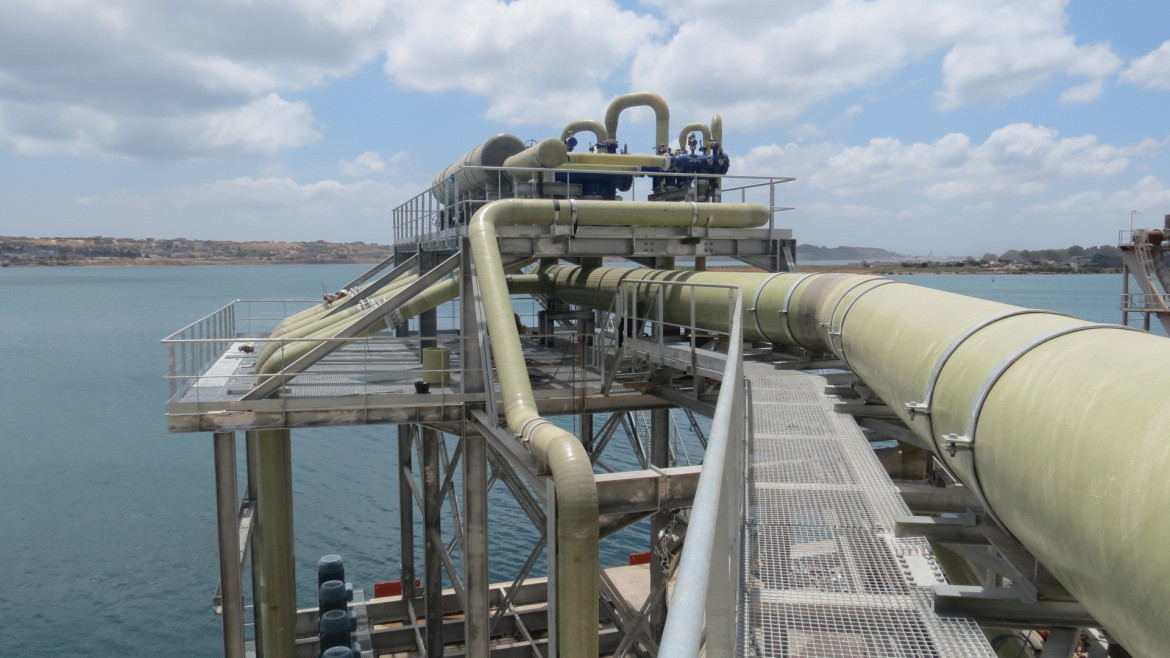

GCER is distinguished by its remarkable production capacity for GRP (Glass Reinforced Plastic) industrial pipes, offering a wide range of pipes and accessories adapted to the specific needs of industry. With our expertise in the use of different resins such as polyester and vinylester, we are able to respond precisely to the varied requirements of our customers for their industrial projects.
Our expertise in the production of SVR/GRP industrial pipes enables us to offer suitable solutions for both underground and overhead applications, with our advanced filament winding technique. We offer a wide range of industrial pipes in SVR/GRP, covering nominal diameters from DN 80 to DN 1800, with the possibility of custom orders for larger diameters.
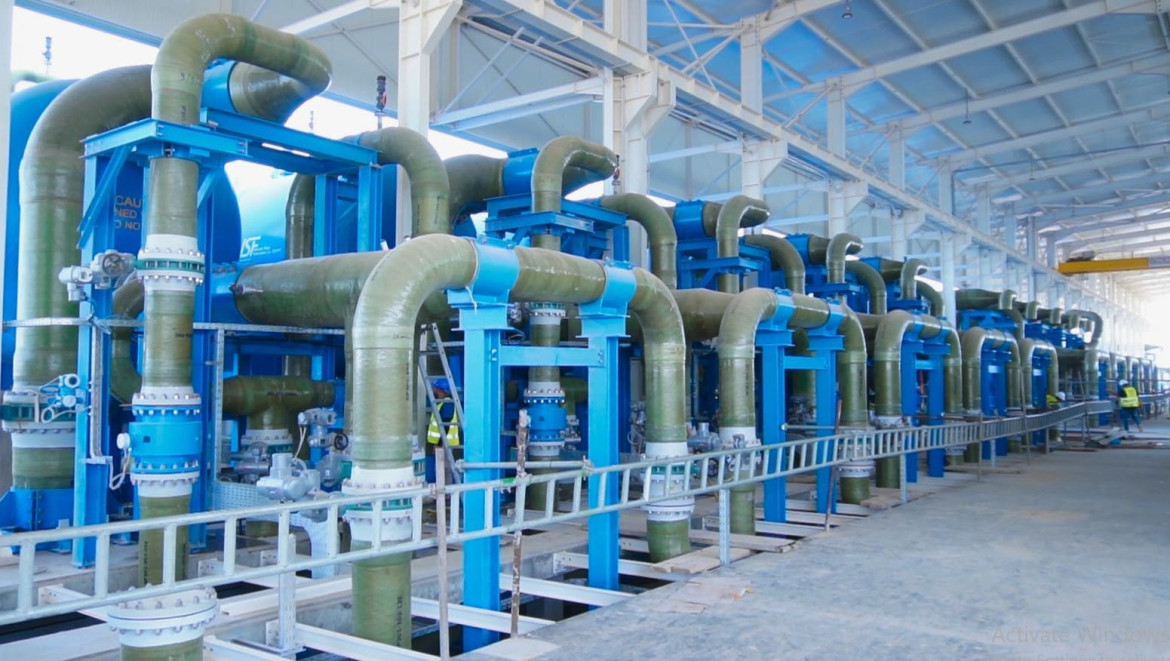

Our SVR/GRP industrial pipes are used in a variety of sectors, including :
GCER has developed an advanced fire fighting solution specifically designed for demanding industries such as oil and energy. Our hoses use a special resin enriched with additives to enhance their fire resistance, complying with the following rigorous standards:
This approach guarantees maximum protection against fire, ensuring the safety and reliability of critical industrial installations.

The world of composite materials is expanding spectacularly, promising an even brighter future. Some experts are even talking about the age of composites. SVR/GRP pipes stand out for their exceptional features and benefits, offering an optimum combination of cost and durability. Ideal for a wide range of applications, these innovative products guarantee reliable performance and remarkable longevity, perfectly meeting modern requirements.
| Caractéristiques | Avantage |
| La corrosion |
|
| Légèreté (1/4 du poids de l’acier ou de la fonte et 1/10 du poids du béton) |
|
| Longueur utile des tubes (6,12m) |
|
| Surface intérieure lisse |
|
| Système de fabrication respectant les normes de fabrication les plus strictes |
|
A resin-rich layer, the thickness of the layer and the type of resin depend on the nature of the fluid in the tube and the operating conditions.
Manufactured by filament winding from continuous fiberglass yarns coated with vinylester or polyester resin, and deposited on a rotating mandrel by a machine.
The machine consists of a rotating mandrel, a dispensing arm that moves along the rotating mandrel, depositing the material at a defined angle, a storage area for the fiberglass and a resin bath.
The mandrel can be replaced by a tube of the required material, which then forms the liner of the tube.
This manufacturing technique allows the use of fiberglass reinforcement in the circumferential direction.
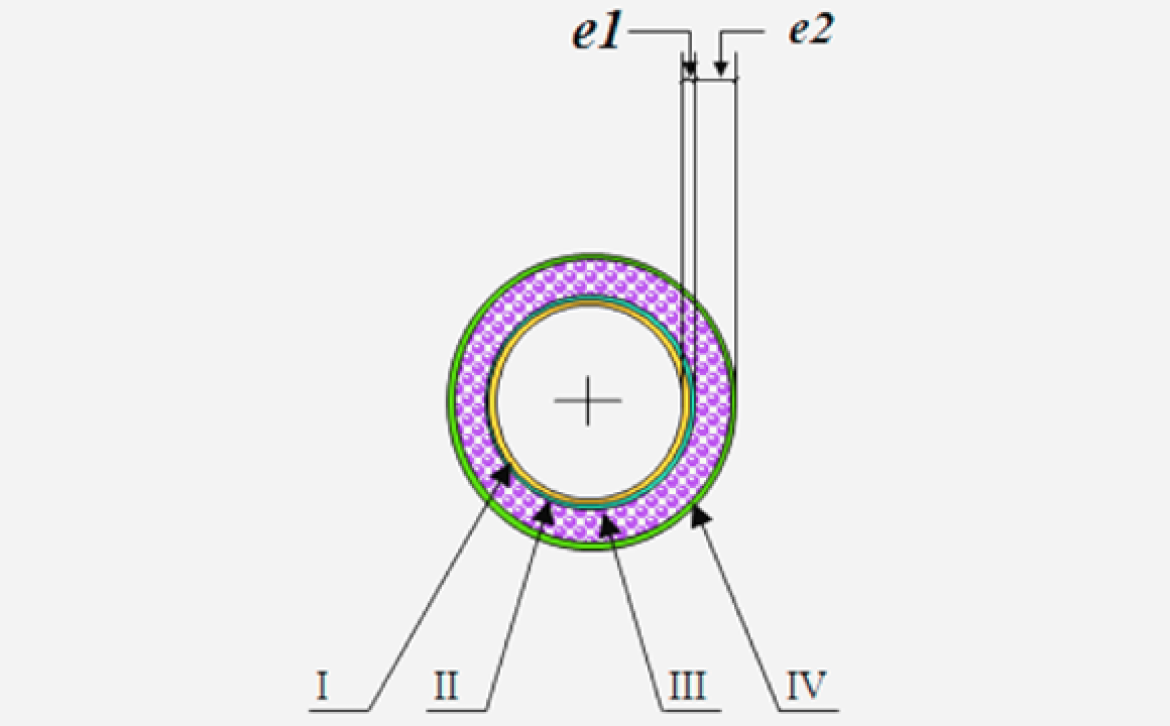
When these pipes are used in underground or high-pressure applications, the majority of loads are concentrated in the circumferential direction of the pipe, which is why the incorporation of continuous glass fiber reinforcement in this direction results in a more efficient product.
Winding angle is a fundamental parameter in all SVR / GRP pipes manufactured by filament winding.
This angle directly governs the relationship between the circumferential and axial characteristics of the designed tube, that is, the relationship between the axial pressure (axial tensile strength).
A pipe designed with a winding angle exceeding 65° is a pipe with optimal circumferential properties but low axial efficiency.
For underground installations, a winding angle close to 65° is proposed to ensure superior resistance against ground load, vertical loads and internal pressure.
On the other hand, for overhead installations, the winding angle will be close to 55°, as the tube must be supplied with superior characteristics in the axial direction.
Silica can also be used to increase tube rigidity.
GCER offers a wide range of tubes and accessories designed to meet the specific requirements of every industrial application. Our products are available in a variety of diameters, pressures and stiffnesses to suit our customers' diverse needs.
Technical specifications :
Each size and specification is carefully selected to ensure optimum performance and compatibility with a variety of industrial applications, from water treatment projects to chemical and petroleum applications.
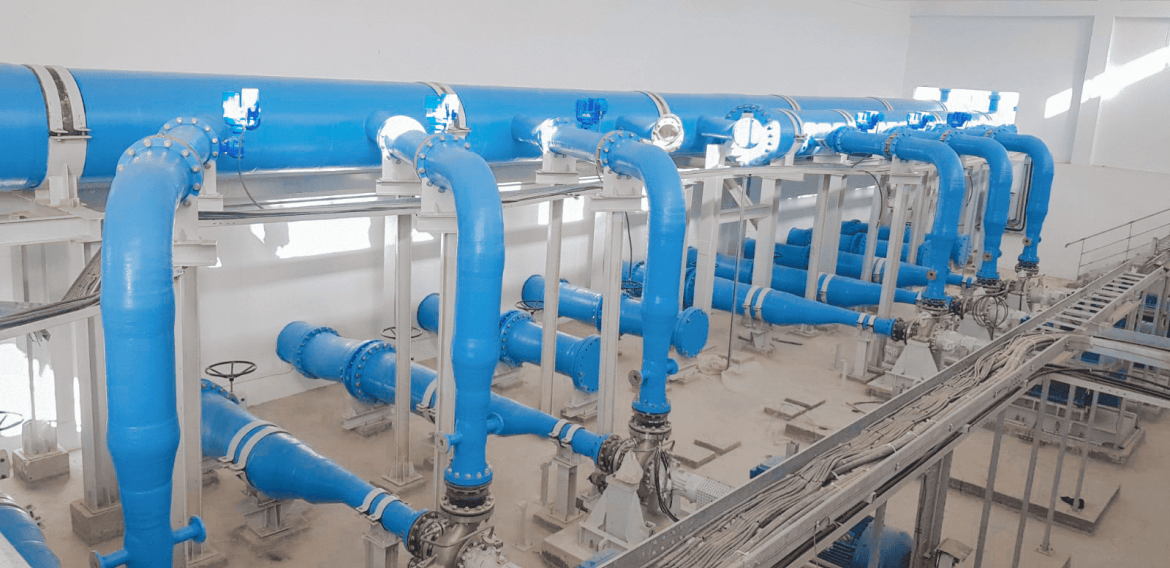
The methods used to assemble composite tubes play a crucial role in their performance and durability. Here are a few commonly used techniques :
The Spigot-Bell assembly is widely preferred for its many advantages:

This type of connection guarantees a permanent bond by using glass-fiber reinforcements and resin for lamination. Laminate thickness and width depend on tube diameter and specific operating pressures.
Flange assembly is used to connect pipes to other system components, such as valves or similar equipment. This method allows rapid installation and dismantling, facilitating maintenance and system modifications.
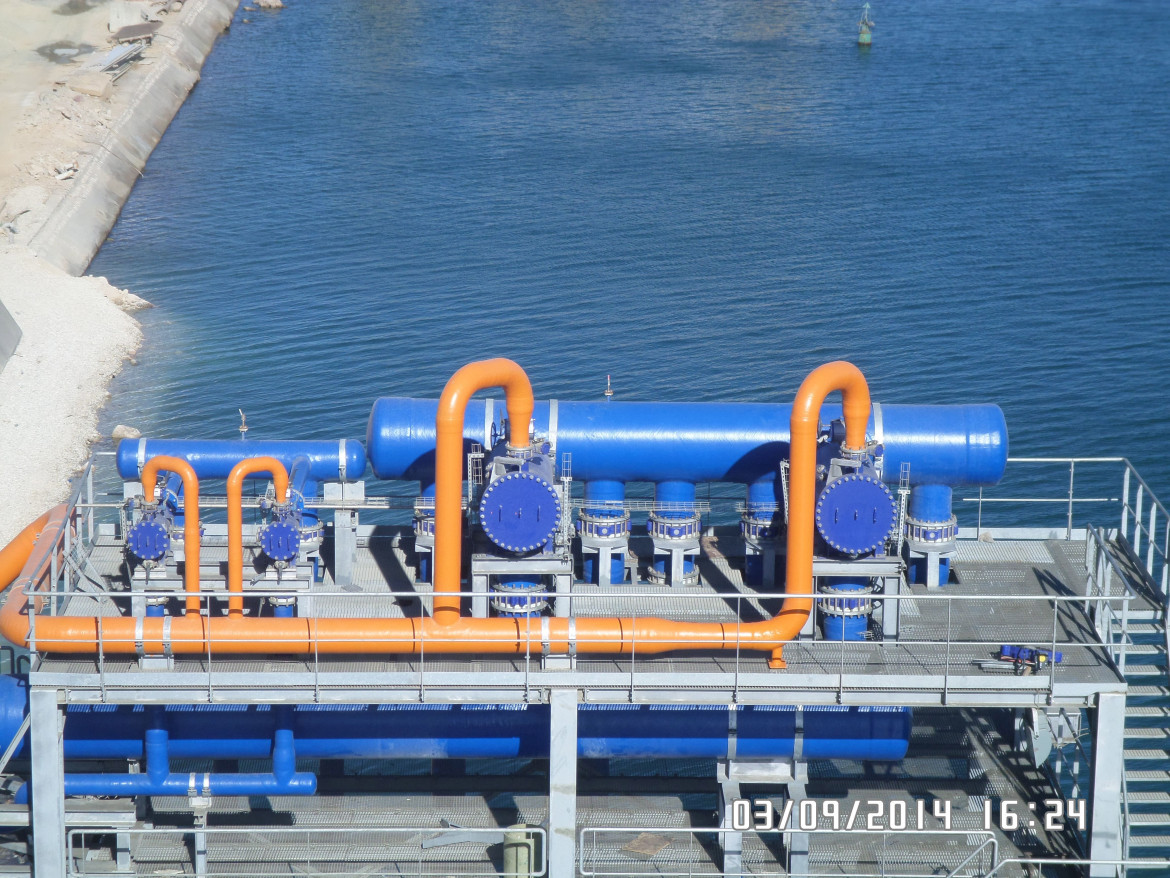
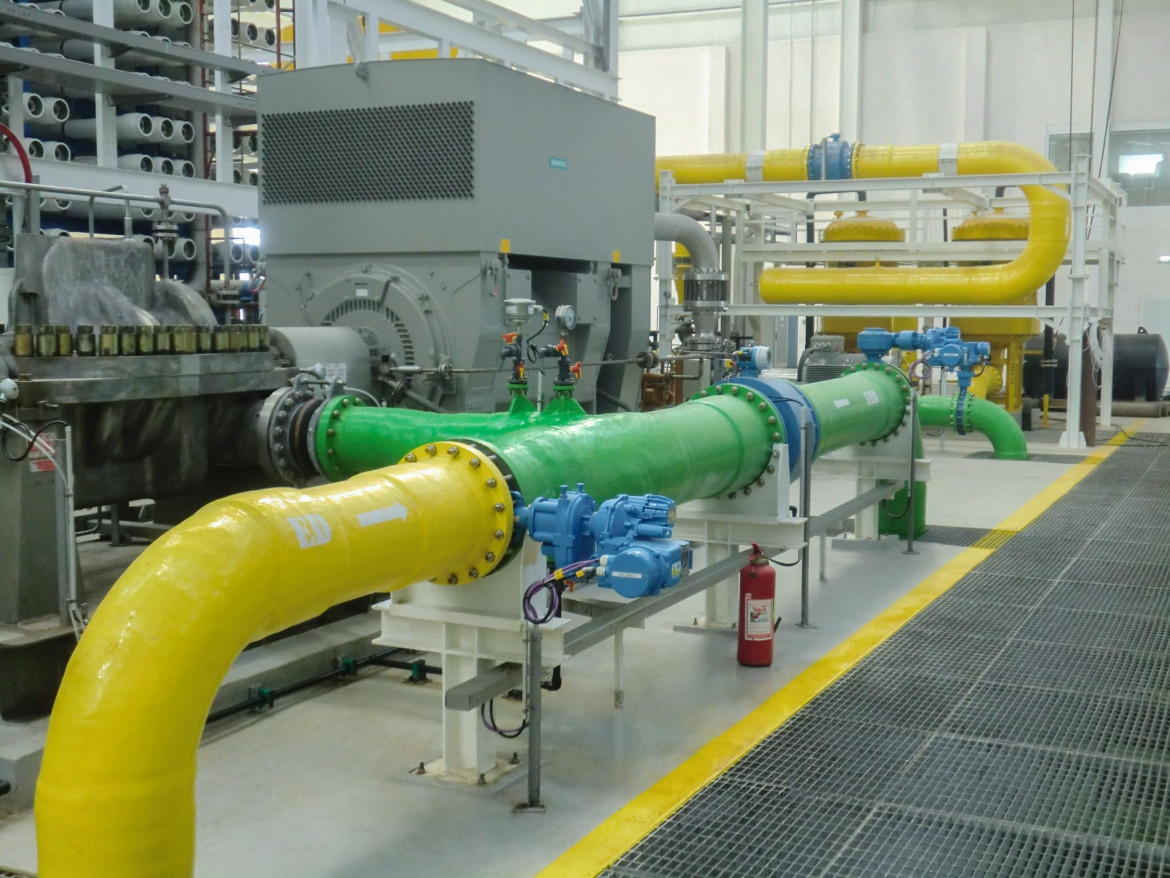
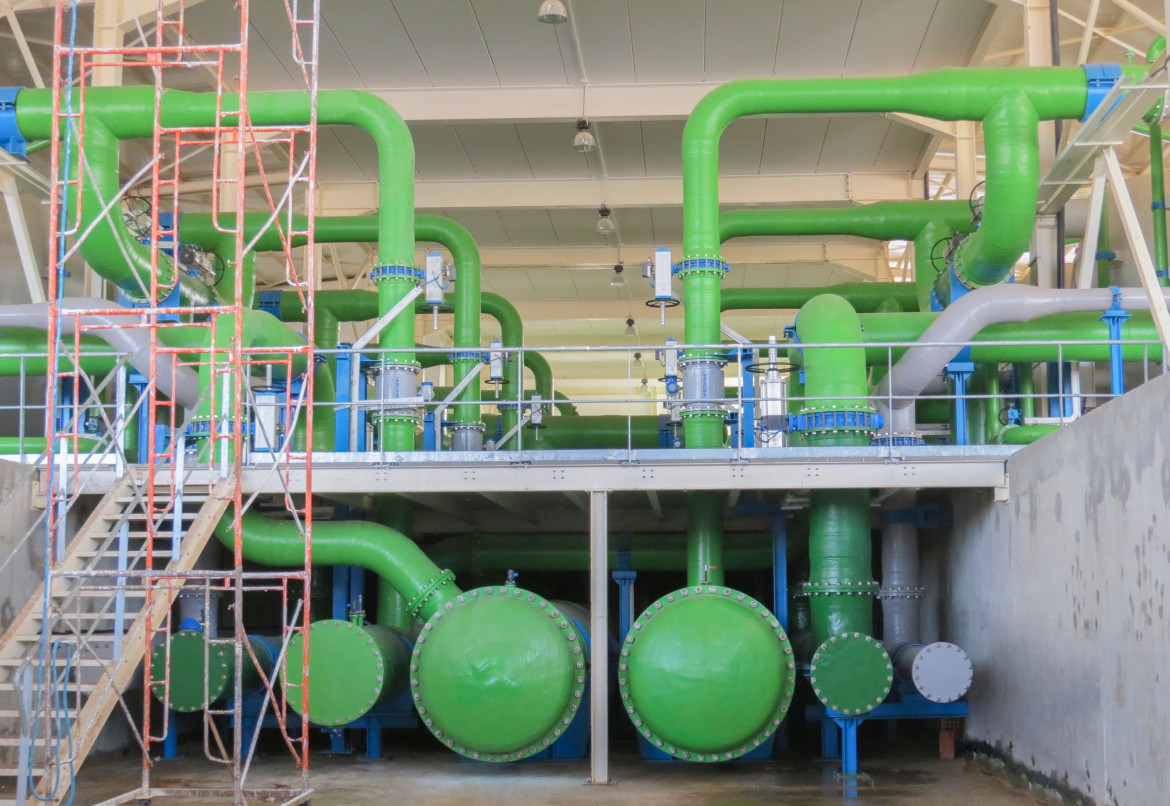
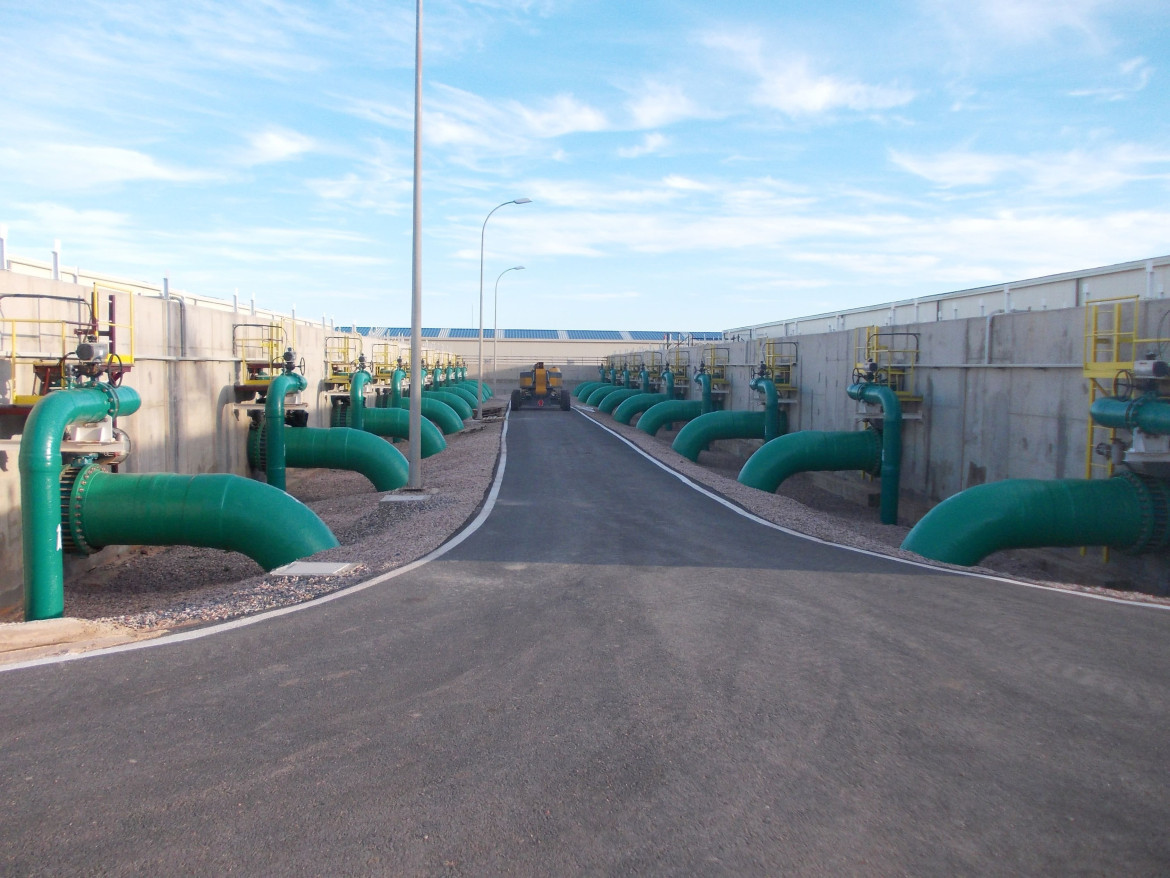
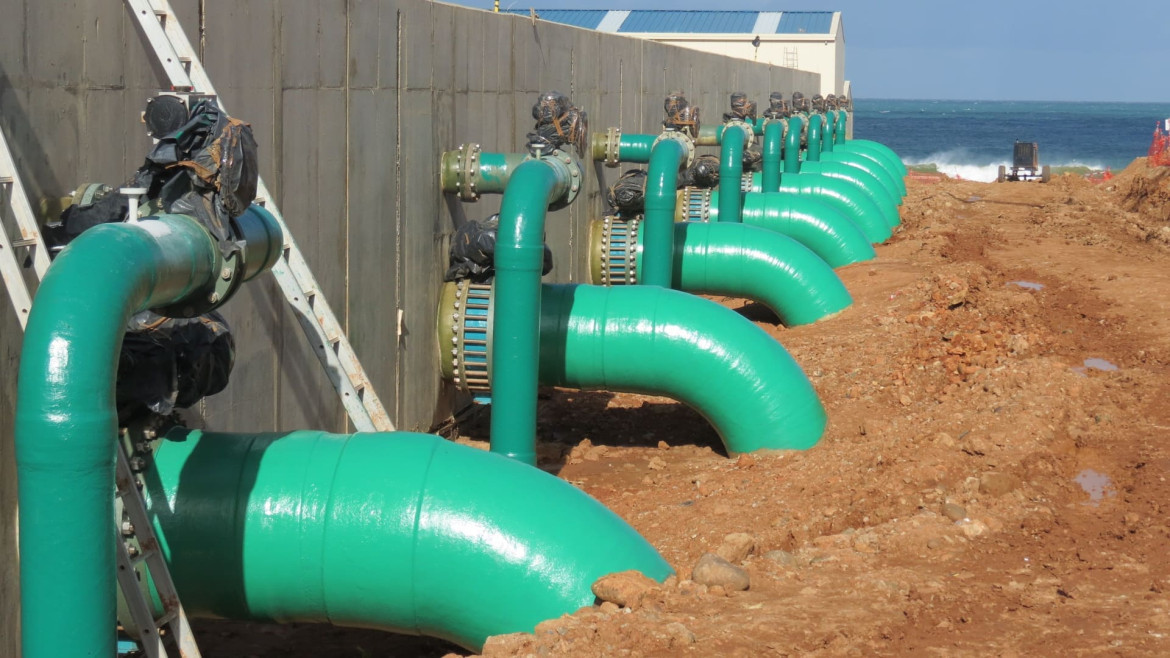
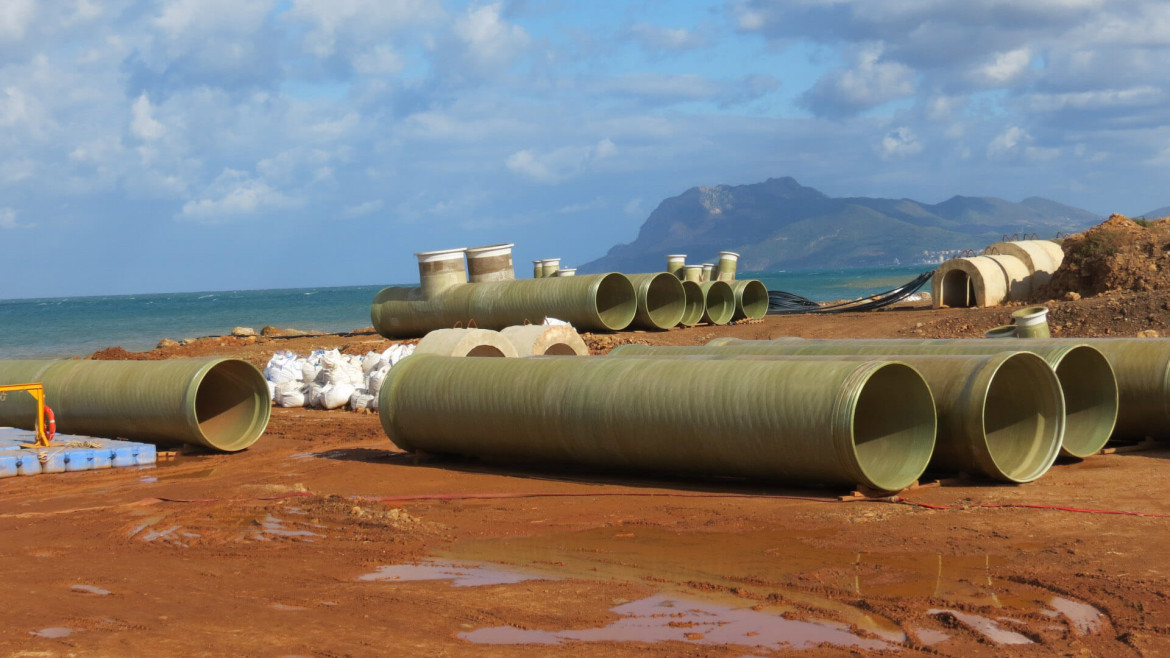
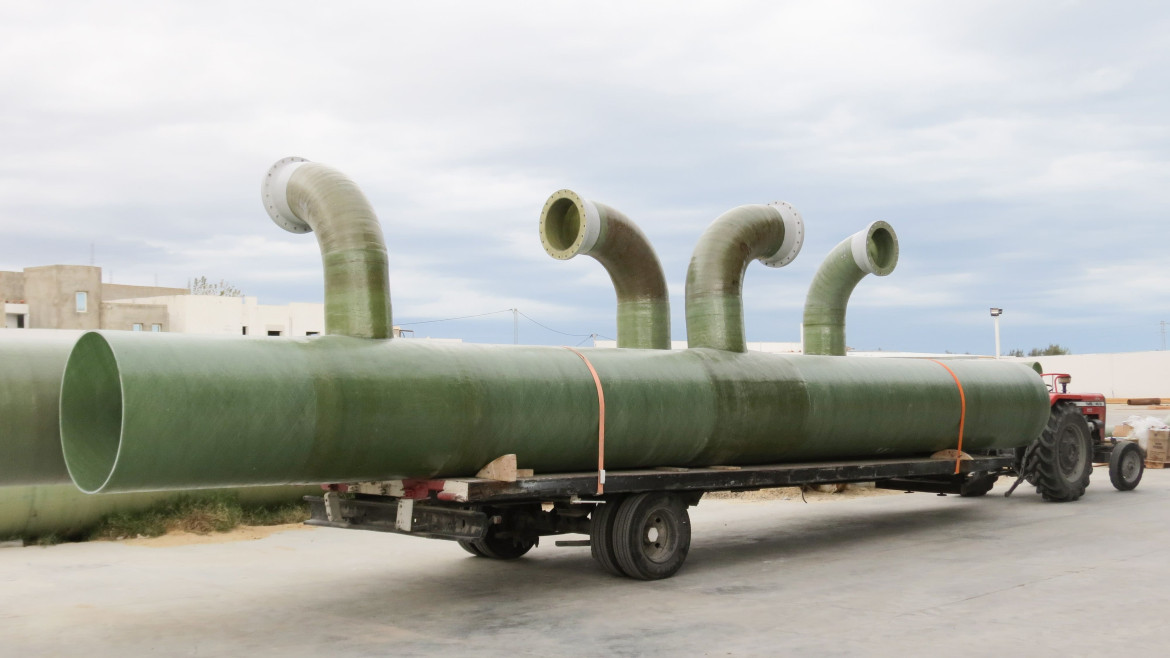
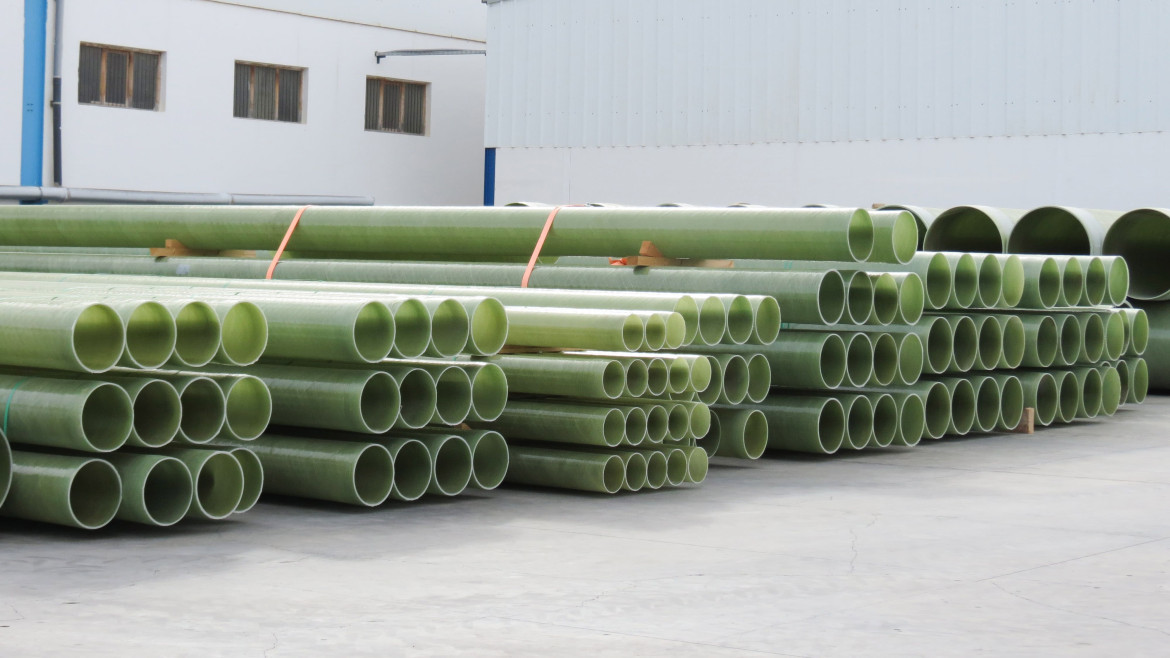
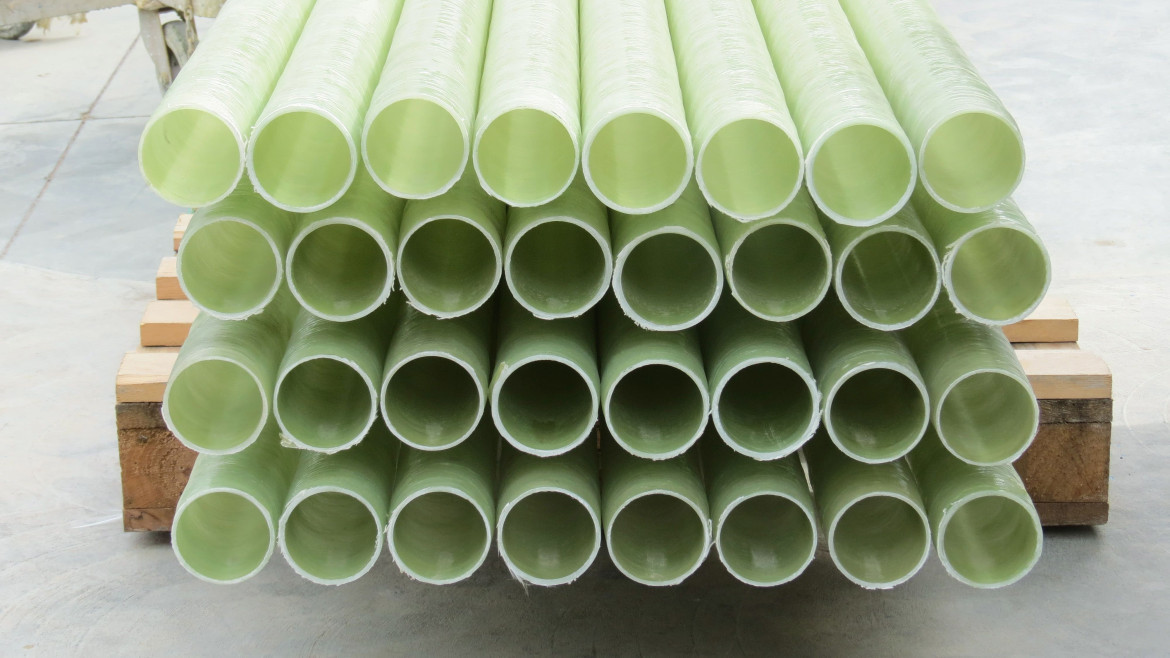
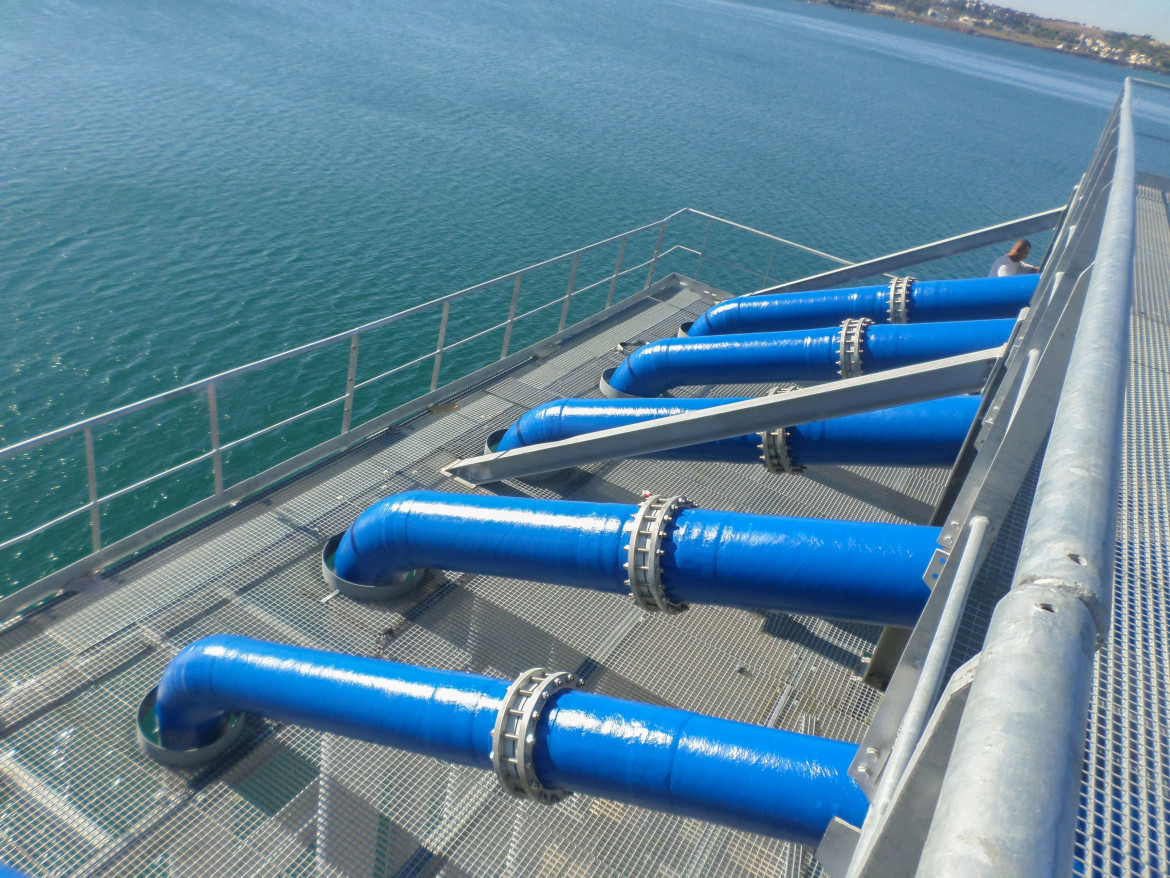

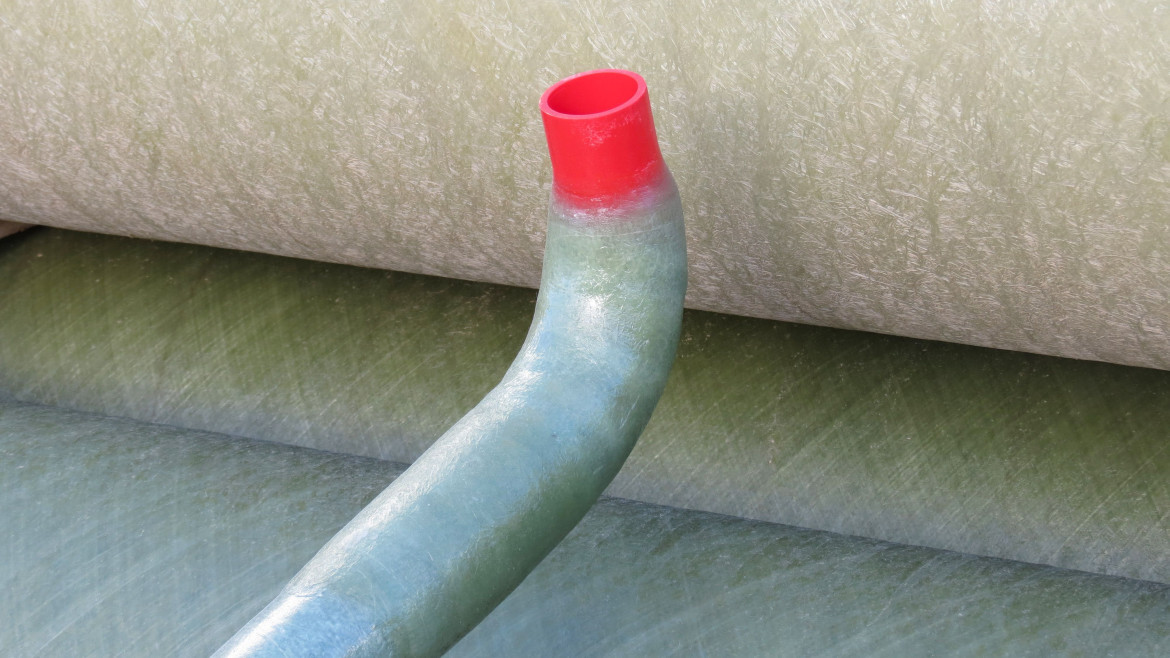
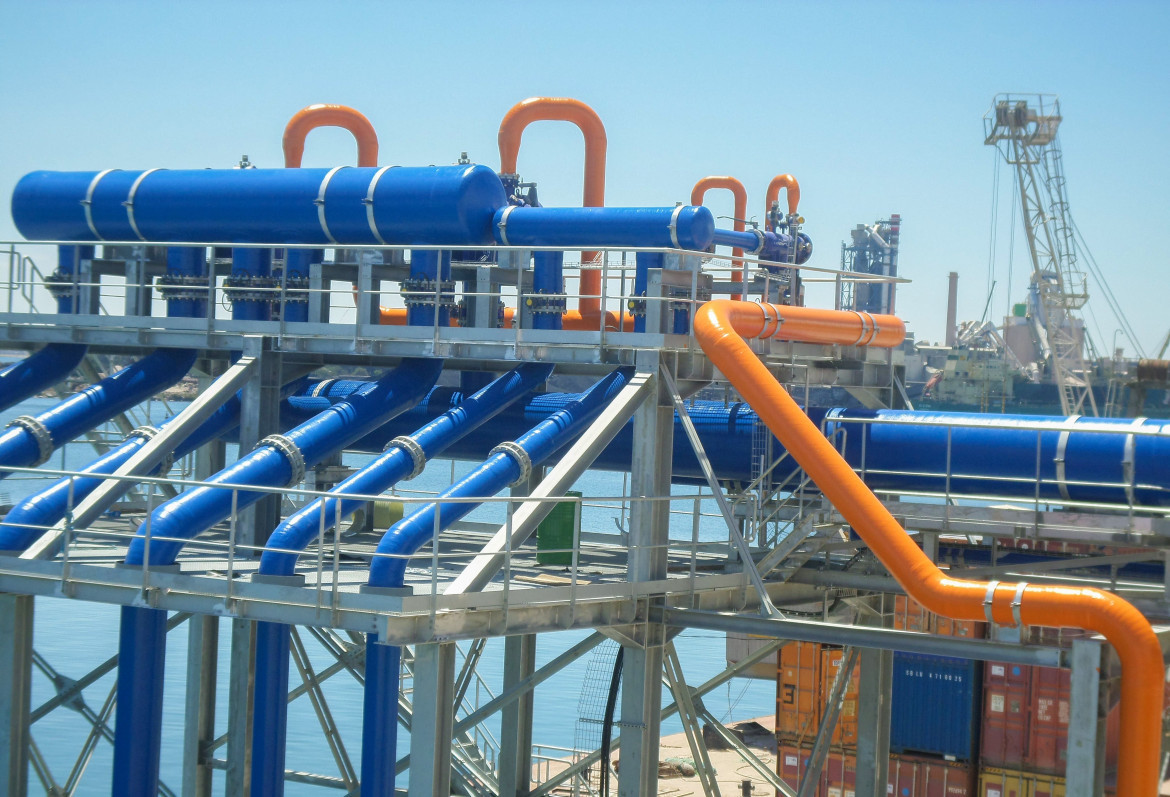

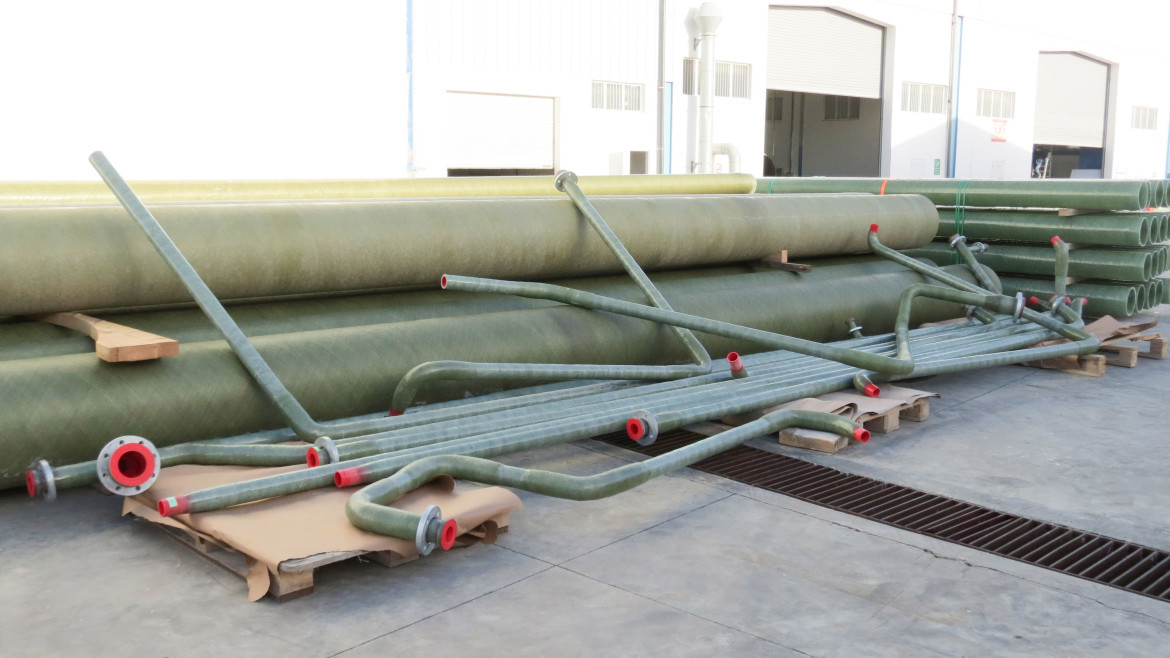

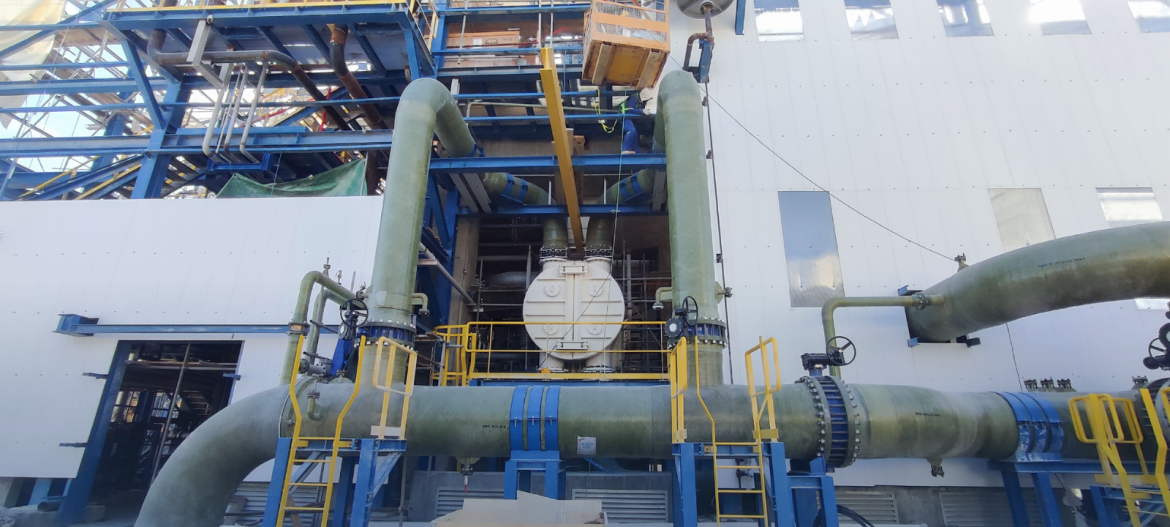
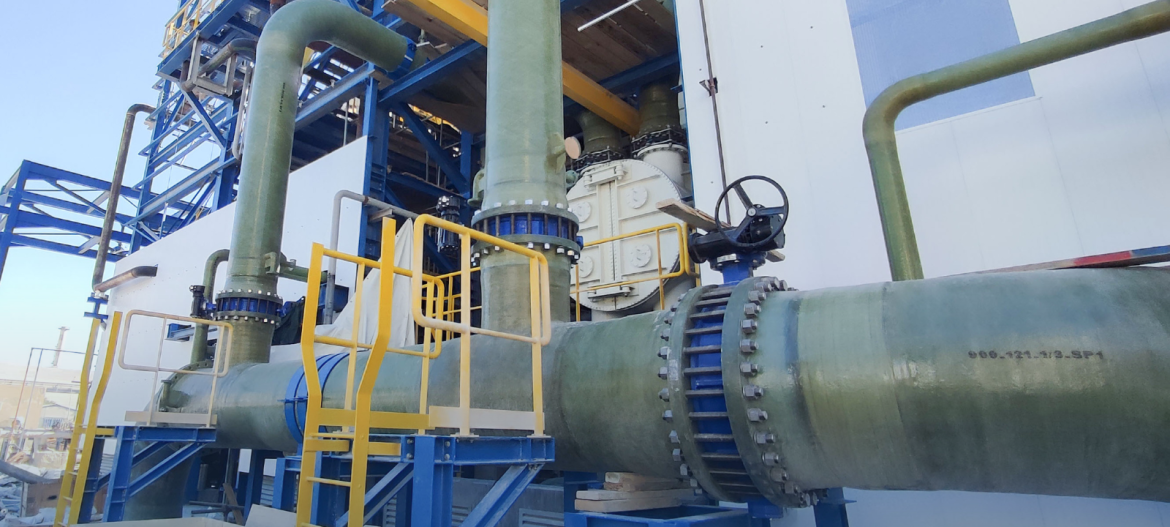
Le GRP (plastique renforcé de fibres de verre) est un matériau composite offrant une combinaison exceptionnelle de légèreté, de résistance mécanique et de durabilité. Il se distingue par sa haute résistance à la corrosion, aux produits chimiques et aux conditions environnementales extrêmes, ce qui le rend idéal pour une large gamme d’applications industrielles. De plus, sa flexibilité de conception permet la fabrication de structures sur mesure, optimisant ainsi les performances et la longévité des équipements.